Amazon is a multinational technology company based in Seattle, Washington, and one of the Big Five corporations in the IT sector. The company was founded in 1994 by Jeff Bezos and started as an online marketplace for books then expanded into eCommerce retailing, streaming services, cloud computing, and AI.
Amazon is the world’s most valuable brand and the largest eCommerce platform. In Q3 ended October 2020, Amazon’s revenue for the quarter rose 37% year-over-year to $96 billion and saw an increase in net income of 197%. For the full year of 2020, Amazon’s revenue is projected to increase 34% to $380 billion. [1]
Amazon breaks down its revenue into five major categories – online stores, physical stores, third-party seller services, subscription services, and Amazon Web Services (AWS). It is the second-largest retailer behind Walmart and faces stiff competition from Walmart.com, which reported a 124% increase in sales year-over-year in Q4 2020.
In 2020, AWS grew 29% and Amazon Prime membership reached 142.5 million members in the US alone. In 2021, Amazon has to innovate new products and services to fend off strong competitors like Walmart, Netflix, Google, Apple, Alibaba, and many others in different sectors. [2]
Here is an in-depth analysis of Amazon’s top competitors and alternatives in each category:
Amazon’s Retail Market Competitors
Amazon is a retailer and competes with physical and online stores that offer largely the same list of products. Amazon’s top retail competitors include Walmart, Target, Costco, and Best Buy.
1. Walmart
Year founded: 1962
Headquarter: Bentonville, Arkansas
Walmart is a big-box department store and the largest brick-and-mortar retailer in the world. The retailer has more than 11,000 stores and over 2.2 million employees across 27 countries worldwide.
In FY 2020, Walmart generated $524 billion in revenues versus $404.44 billion for Amazon. In 2020, Amazon increased its share of the apparel sector to 9.5% and surpassed Walmart at 6.9%. In home furnishings and furniture, Amazon has 10.5% of the market to Walmart’s 10.1%.
Walmart still holds a commanding lead in the food and beverage market with 19% of the market versus only 1.9% for Amazon. It also controls 5.4% of the health and personal care market, more than double Amazon’s 2.5% share.
Walmart owns other Amazon competitors like Flipkart and Sam’s Club, and its online sales grow at 40% y-o-y. Walmart is the top Amazon competitor in the retail sector for many reasons. [3]

2. Target
Year founded: 1902
Headquarter: Minneapolis, Minnesota
Target is one of the largest discount retailers in the world with 1,868 stores across North America. In 2020, it generated $78 billion in revenues and controls only 1.2% of the US eCommerce market, which is very small compared to Amazon’s share.
But both retailers’ inventory overlaps and includes apparel, electronics, home improvement products, furniture, home appliances, and many more. In the third quarter of 2020, Target’s revenue rose 21% year-over-year driven by a 155% increase in digital sales.
Target’s digital-driven services increased by 200%. The retailer grabbed $6 billion worth of market share from competitors in 2020 and ascended into the top 10 US eCommerce retailers. Target is a worthy top Amazon competitor. [4]
3. Kroger
Year founded: 1883
Headquarter: Cincinnati, Ohio
Kroger is the largest supermarket chain in the US with nearly 2,800 stores spread across 35 states. In 2020, Kroger streamlined its eCommerce platform to cater to increased demand for grocery deliveries. Its digital sales grew by 92% in Q1 ended May 2020 and surged 108% in Q3 ended November 2020.
The company’s revenue in the first quarter for 2020 rose to $41.55 billion from $37 billion in Q1 2019. The growth margin dropped in Q3 2020 with $29.7 billion in revenues versus $28.0 billion for the same period in 2019.
But its digital sales still lag far behind Amazon. To catch up, Kroger partnered with Ocado to build high-tech fulfillment facilities. The first facility will open in 2021 and boost Kroger’s competitive edge over Amazon. [5]
4. Costco
Year founded: 1983
Headquarter: Issaquah, WA
Costco is a members-only wholesale retailer and ranked 9th in the top 10 US eCommerce retailers. The wholesaler offers a variety of products through its 803 warehouses and eCommerce platforms. In 2020, Costco’s annual revenue was $163.22 billion, up 9.3% from $149.35 billion in 2019.
Its membership cardholders also increased to 107.1 million in 2020, with about a 90% renewal rate. According to Cheapism Comparison Test, 79% of Costco’s products are cheaper than Amazon’s. Costco also offers better shopping experiences than Amazon.
Overall, Costco’s high-quality products at affordable prices boost its competitive advantage over Amazon. [6].
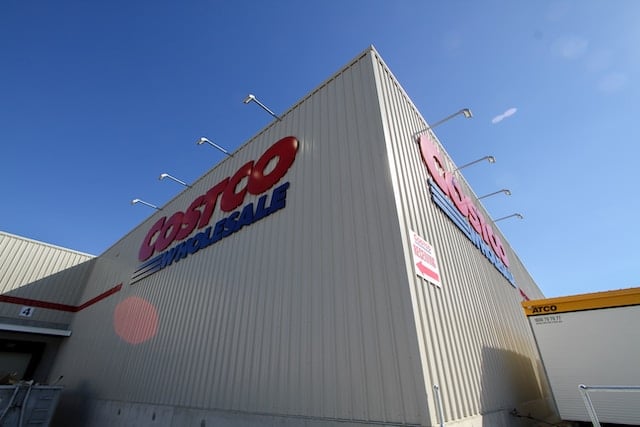
5. Best Buy
Year founded: 1966
Headquarter: Richfield, Minnesota
Best Buy is a multinational consumer electronics retailer with 1779 stores spread across North America. The electronics specialist saw tremendous growth in 2020, including a huge surge of 242% in domestic online sales to $5 billion.
Best Buy controls 1.3% of the US eCommerce market and ranked 7th ahead of Target. Its experience in the consumer electronics market is a huge advantage over Amazon. [7]
6. Home Depot
Year founded: 1978
Headquarter: Atlanta, Georgia
Home Depot offers home improvement products across 2,291 stores at reasonable prices. In the first half of 2020, Home Depot’s online sales jumped 90% versus a 31% spike in product sales for Amazon.
But Home Depot still has room to expand its online sales because its accounts for only 14% of the broader business. The retailer’s main competitive advantage is its multichannel retailing approach, which delivered over $110 billion in revenues in 2020. [8]
Amazon’s eCommerce Competitors
Amazon is one of the largest eCommerce platforms in the world and attracts about 2.5 billion visitors per month. It is an online marketplace that allows multiple sellers and third-party vendors to list their products.
Here are Amazon’s top competitors in the eCommerce space:
7. Alibaba
Year founded: 1999
Headquarter: Zhejiang, China
The Alibaba Group is a Chinese eCommerce platform that operates in about 200 countries through Alibaba, AliExpress, Taobao, and Tmall. Alibaba is a B2B marketplace that offers direct access to manufacturers, while AliExpress is a B2C platform with dropshipping services.
Taobao and Tmall are B2B and B2C marketplaces for the Chinese market. These marketplaces have hundreds of millions of users and hosts millions of retailers and products. In 2020, Alibaba generated $78.6 billion in revenue making it one of the largest eCommerce companies in the world.
It has more than 10 million businesses on its global eCommerce platform and generated $1.4 billion in the US, which is its fastest-growing market. Alibaba threatens Amazon’s market share in the US. The company’s diversified portfolio boosts its competitive advantage over Amazon. [9]
8. eBay
Year founded: 1995
Headquarter: California
As the pioneer in consumer-to-consumer selling, eBay has enough experience and reputation to entice Amazon sellers and buyers. It is used to buy and sell new or used merchandise. Over time, the platform has expanded its offerings beyond C2C to include B2C sales.
In Q2 2020, eBay’s global gross merchandise value (GMV) rose 29% to $27.1 billion, and active buyers rose 5% to 182 million. It was the best quarter for eBay in 15 years. The increase in demand for eCommerce offers eBay an opportunity to reduce the gap with Amazon. [10]
9. JD (Jingdong)
Year founded: 1998
Headquarter: Beijing, China
Also known as Jingdong, JD is China’s No. 1 direct online seller. Like Amazon, JD operates its own logistics and delivery network and branched out into areas like healthcare. But the company’s market cap is just 6% of Amazon’s $73 billion.
In 2019, it generated $83.5 billion in revenues compared to $280.5 billion for Amazon. Even though JD is significantly smaller than Amazon, it is ahead of Amazon in some key areas. JD is the leader in China’s grocery retail sector and the largest online pharmacy in China.
It has built a high-tech delivery system that combines advanced robots and drones powered by AI. JD is a worthy top Amazon competitor. [11]
10. Rakuten
Year founded: 1997
Headquarter: Tokyo, Japan
Rakuten is a Japanese eCommerce company. Dubbed ‘Amazon of Japan,’ Rakuten has expanded globally through strategic acquisitions and now generates about 14% of the global eCommerce retail sales.
In 2019, Rakuten acquired Ebates with over 12 million members and rebranded it to expand its presence in the U.S. further. By 2020, it had gained 60 points of brand awareness and more than 10 million new members. Rakuten’s fast-paced global expansion makes it a top Amazon competitor in 2021. [12]
11. Flipkart
Year founded: 2007
Headquarter: India
Flipkart is the largest online retailer in India, with more than 100 million registered users. In 2018, Walmart acquired 77% of Flipkart for $16 billion and propelled the homegrown company into a global eCommerce player.
According to Forrester’s data, Flipkart controls 31.9% of India’s online retail market and 31.2% of the market share for Amazon. The main competitive advantage for Flipkart is its variety of affordable goods. Flipkart is a worthy competitor for Amazon in the online retail market. [13]
12. Shopify
Year founded: 2006
Headquarter: Ottawa, Ontario
Shopify is an eCommerce platform with all the tools needed to build online stores. Entrepreneurs can also buy ready-made businesses on Shopify’s Exchange Marketplace, which has more than 3,000 sites for sale at any one time.
As of January 2021, more than 1 million stores use Shopify’s platform. Amazon’s platform is like a mall that rents out spaces for businesses to set up their shops and offers storage, packaging, and shipping through Fulfillment by Amazon (FBA).
In 2020, Shopify undercut Amazon’s competitive edge by partnering with Oberlo to provide drop-shipping. Shopify is a formidable Amazon competitor in the battle of eCommerce platforms. [14]

Amazon’s Streaming Service Competitors
Amazon offers both video and music streaming services. Prime Video is the second most popular video streaming service behind Netflix and ahead of Disney+. In the music streaming service, Amazon Music competes with Spotify and Apple Music.
13. Netflix
Year founded: 1977
Headquarter: Los Gatos, California
Netflix is synonymous with on-demand streaming video service. It is the most popular service of its kind across 200 countries worldwide. Netflix added 28 million new subscribers in 2019 and attracted 26 million in the first half of 2020.
The streaming giant has 195 million subscribers, while Amazon Prime Video surpassed 150 million in 2020. Prime Video is catching up quickly and accounted for 23% of total SVOD subscriptions in Q2 2020, up from 14% in Q1 2020.
Netflix has more content, but its basic plan costs $9/month. Prime Video subscribers pay $119 for Amazon Prime’s annual membership to access all video content and related benefits. Overall, Netflix is the top Amazon competitor in the video streaming sector. [15]
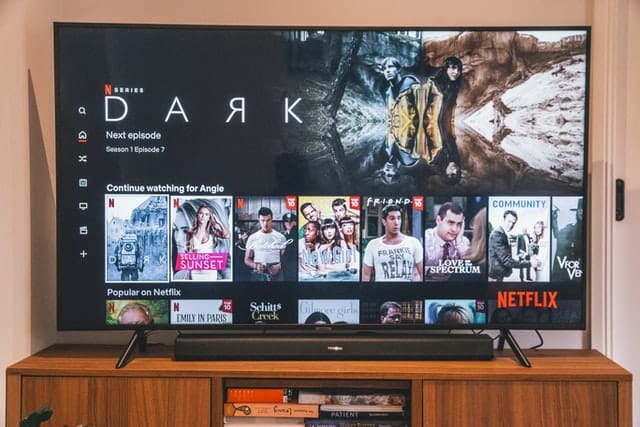
14. Disney+
Year founded: 2019
Headquarter:
Disney+ is the third most popular video streaming service behind Netflix and Amazon Prime Video. Disney’s extensive library that goes back to the 1970s boosts its competitive edge over Amazon Prime Video.
Disney+ closed the fourth quarter of 2020 with a total of 86.8 million subscribers, while Amazon Prime Video has 150 million subscribers. Both streaming services have something to offer and are backed by formidable forces. The streaming wars have just begun. [16]

15. Spotify
Year founded: 2006
Headquarter: Stockholm, Sweden
Spotify is an online music streaming app that offers easy access to millions of songs, playlists, and albums. It has 113 million paying customers and 248 million monthly users worldwide.
Amazon Music reached 55 million subscribers in 2020 and still has a long way to catch up to Spotify. The main competitive advantage for Spotify is the extensive music library. In terms of price, Spotify starts at $9.99-per-month and Amazon Music Unlimited costs $7.99 for Prime subscribers. Spotify is Amazon’s top music streaming competitor. [17]

16. Apple Music
Year founded: 2015
Headquarter: Cupertino, California
Apple Music is a music streaming service offered by Apple Inc. It is the second most popular music streaming service with over 60 million subscribers. But Amazon has been chipping away at that lead.
Amazon Music surpassed 55 million customers in 2020 and now only needs 5 million subscribers to catch up to Apple Music. But with over 45 million songs in its library, Apple Music still has substantial leverage to fend off Amazon and hold on to its market share. [18]

Amazon Competitors in Web Service
Amazon Web Service (AWS) is the global leader in public cloud services with 32.4% of the market but faces stiff competition from Microsoft Azure and Google Cloud.
17. Microsoft Azure
Year founded: 2010
Headquarter: Redmond, Washington
Microsoft Azure is the second most popular cloud service with 17.6% of the market. More than 5 million organizations use the Azure Active directory, and 4 million developers rely on Azure’s visual studio team services.
The platform accounts for about 40% of revenues generated from ISVs and start-ups. Both AWS and Azure offer closely networking, compute, and other capabilities. Microsoft’s experience and ecosystem give Azure an edge over AWS. [19]
18. Google Cloud Platform
Year founded: 2008
Headquarter: Mountain View, California
Google Cloud Platform (GCP) is the third most popular cloud service with 6% of the market. In 2019, Google Cloud generated $8.9 billion in revenue, less than AWS’s quarterly revenue. But the company upped its game in 2020 and generated $2.6 billion in the first quarter alone, up 53% year over year.
But Google Cloud is also pressured by Alibaba Cloud with a 5.4% share of the cloud market. GCP’s integration with Google’s ecosystem gives it an edge over AWS. [20]
Amazon’s AI Virtual Assistant Competitors
Amazon’s Alexa is a virtual assistant that leverages AI and machine learning to simulate human-like interactions using natural language. Alexa’s top two competitors are:
19. Google Assistant
Year founded: 2016
Headquarter: Mountain View, California
Google Assistant is one of the best virtual assistants on the market. It interacts with android devices and can automate tasks like setting alarms or playing music.
Both Alexa and Google Assistant offer the same features but differ in specific aspects. However, Alexa is better than Google Assistant in general knowledge tests. [21]
20. Apple Siri
Year founded: 2010
Headquarter: Cupertino, California
Siri is a personal assistant by Apple Inc. It controls compatible smart home devices and open apps to help the user complete specific tasks easily, such as calling, texting, setting reminders, and more.
Siri was the first personal assistant and simulates human-human interactions better than Alexa.
It is the funniest virtual assistant on the market. But Siri is available only on Apple devices, which is restrictive. [22]
References & more information
- Kohan, S. E. (2020, Oct 29). Amazon’s Revenue Climbs 37% In Knockout Quarter As Online Spending Shifts Online. Forbes
- Mercer, G. (2021, Jan 4). What’s Next For Amazon: 11 Predictions For 2021. Forbes
- PYMNTS (2020, Mar 6). Amazon, Walmart Battle For The Consumer’s Whole Paycheck: Who’s Winning By The Numbers. PYMNTS
- Bertoni, S. (2020, Nov 18). Target Sales Just Shocked Wall Street—Here’s How CEO Brian Cornell Did It. Forbes
- Repko, M. (2020, Jun 18). Kroger stuns with 92% e-commerce gain, but it has to prove it’s not a coronavirus blip. CNBC
- Stankiewicz, K. (2020, Dec 14). Costco CEO says the company is doubling down on brick-and-mortar, even as it invests in e-commerce. CNBC
- Ali, F. (2020, Aug 27). Best Buy’s web sales grow 242% in Q2 to a record of nearly $5 billion. Digital Commerce 360
- Kalogeropoulos, D. (2020, Oct 27). Better Buy: Amazon vs. Home Depot. The Motley Fool
- Ferreira, C. (2021, Jan 1). Alibaba Dropshipping: How to Safely Source and Manage Products From Alibaba. Shopify
- Cheng, A. (2020, July 29). eBay Has A Chance To Become Relevant Again. Can It Deliver? Forbes
- Bowman, J. (2020, May 25). 3 Ways JD.com Is Beating Amazon. The Motley Fool
- Talbot, P. (2020, Jan 23). The Amazon Of Japan Looks For U.S. Growth. Forbes
- Pham, S. (2020, Oct 17). Battle for online shoppers begins as Indians spend billions ahead of Diwali. CNN Business
- Navarra, K. (2021, Jan 24). Shopify vs. Amazon: Which Is Right for You? The Motley Fool
- Katz, B. (2020, Aug 5). Thanks to Quarantine, Amazon Is Gaining on Netflix’s Numbers. The Observer
- Ruimy, J. (2020, Dec 10). Disney+ Grows To 86.8 Million Subscribers; Netflix Has 195 Million, Amazon Prime 150 million. The World of Reel.
- Welch, C. (2020, Jan 22). Amazon Music passes 55 million customers as it chips away at Spotify and Apple Music. The Verge
- Grothausi, M. (2020, Feb 23). Amazon Music closes in on Apple Music with 55 million subscribers. Fast Company
- Sistla, D. (2021, Jan 25). AWS vs. Azure-Who is the big winner in the cloud war? De Zyre
- Chapel, J. (2020, April 1). Who Is Leading Among The Big Three? DZone
- Moren, D. (2020, Aug 11). Alexa vs. Google Assistant: Which smart assistant wins? Tom’s Guide
- O’Boyle, B. (2020, Dec 27). 67 funny things to ask Siri for a good giggle. Pocket-Lint
- Featured Photo byRahul Chakraborty on Unsplash

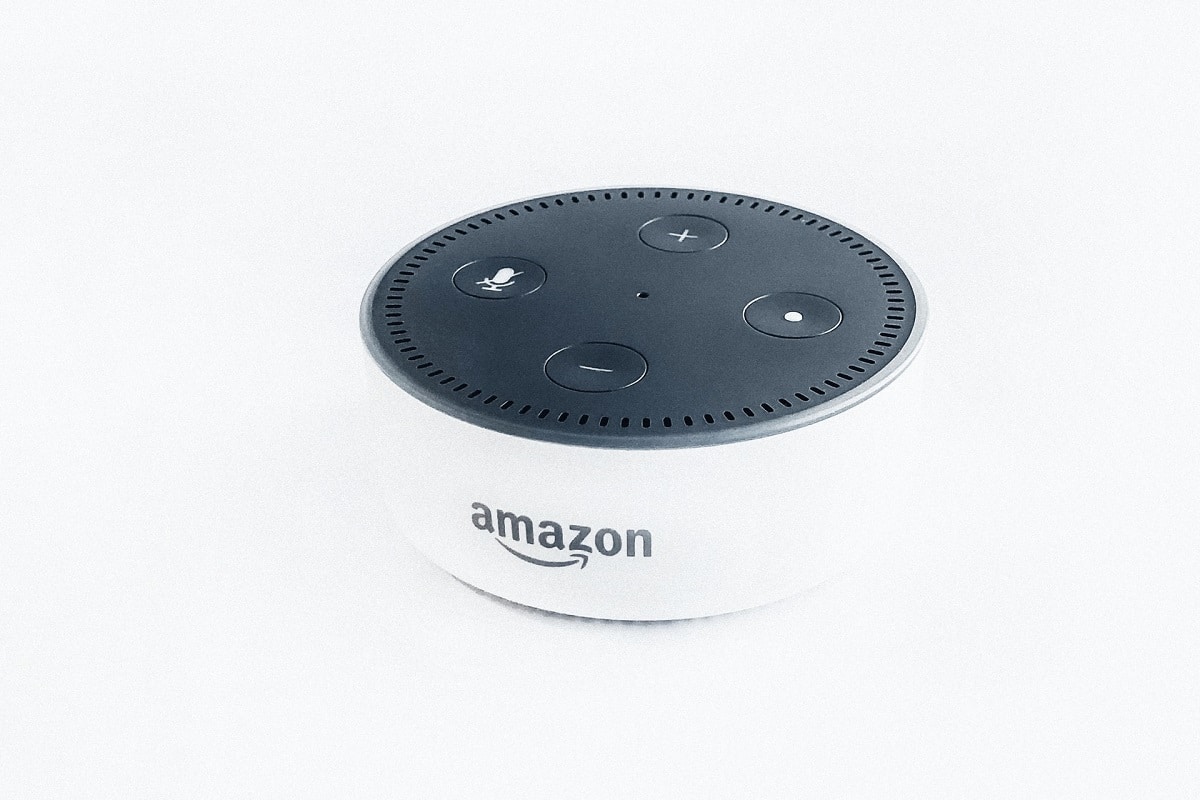



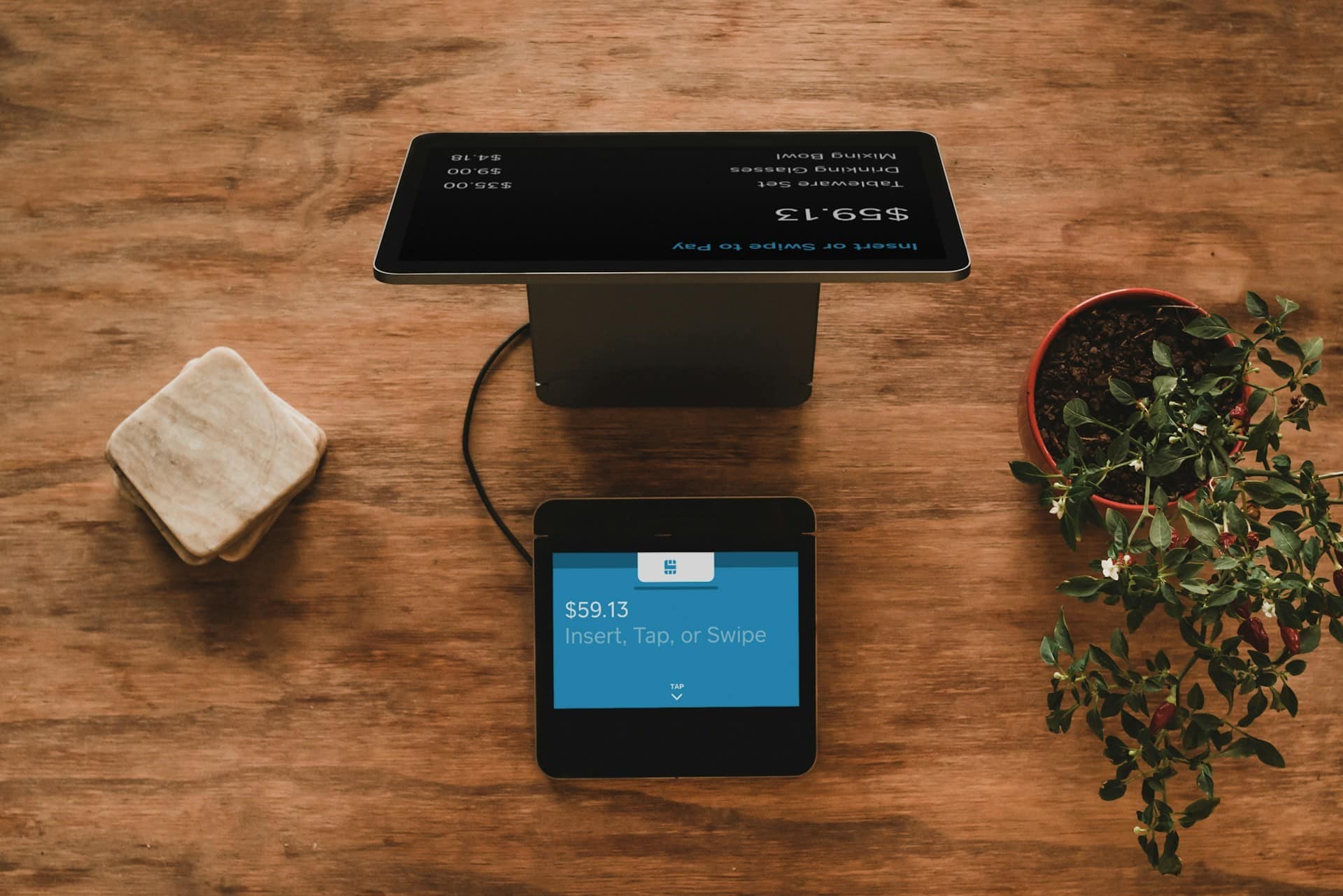
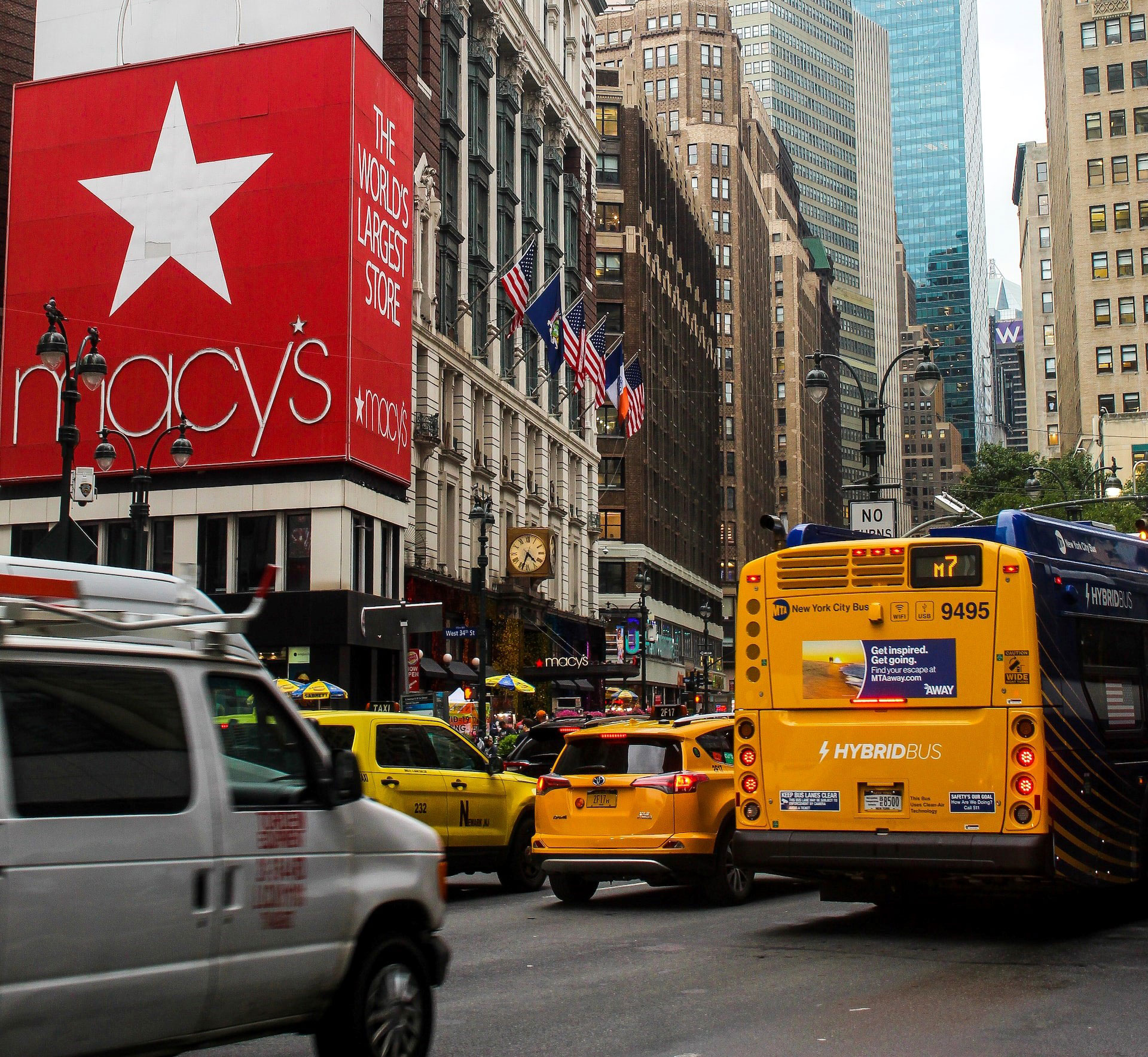





Add comment